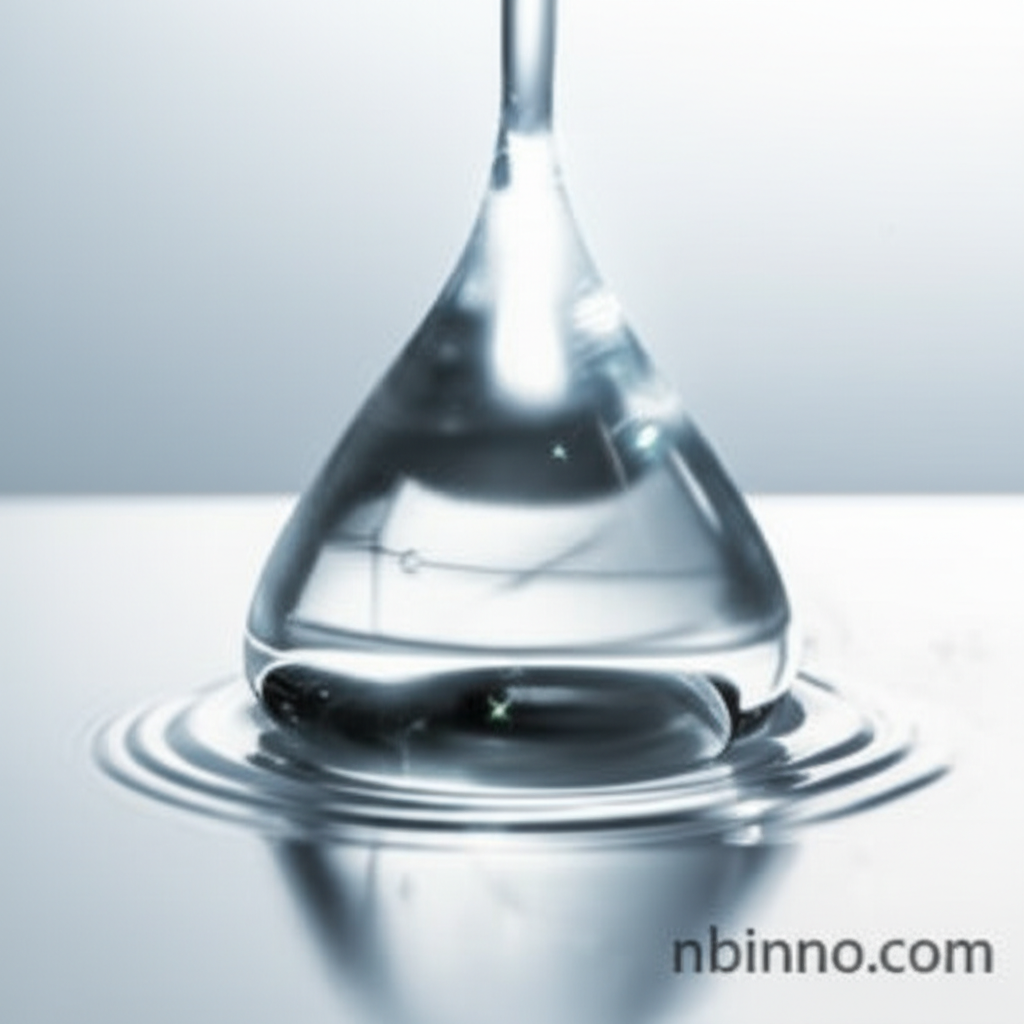Dioctyl Phthalate (DOP): Enhance Your Materials with Superior Plasticization
Discover the broad applications and performance benefits of Dioctyl Phthalate, a key additive for the plastics industry.
Get a Quote & SampleProduct Core Value

Dioctyl Phthalate
Dioctyl Phthalate is a colorless to light yellow transparent liquid with a special odor, widely recognized for its role as a general-purpose plasticizer. It significantly enhances the flexibility, durability, and electrical properties of polymers, making it an indispensable component in numerous manufacturing processes.
- Explore the best uses of dioctyl phthalate in plastics to achieve optimal material characteristics and improved performance.
- Understand the chemical properties of Dioctyl Phthalate and its compatibility with various resins for effective plasticizer applications.
- Learn about the cost-effectiveness and wide availability of Dioctyl Phthalate, making it a go-to choice for industrial use.
- Investigate the UV resistance and cold resistance of DOP, ensuring your products maintain integrity under diverse environmental conditions.
Key Advantages
Enhanced Flexibility
Dioctyl Phthalate dramatically increases the flexibility of materials like PVC, allowing for easier processing and the creation of pliable end-products.
Improved Durability
By improving material properties, DOP contributes to the overall durability and longevity of plastic and rubber goods, reducing the need for frequent replacements.
Excellent Compatibility
DOP exhibits excellent compatibility with a wide range of polymers, including PVC and synthetic rubber, ensuring smooth integration into existing formulations.
Key Applications
Plastic Packaging
Crucial for creating flexible plastic films and packaging materials that offer both protection and pliability, essential for product integrity.
Wire and Cable Insulation
Enhances the electrical properties and flexibility of insulation materials, ensuring safety and performance in electrical applications.
Paints and Coatings
Acts as a valuable component in paints and coatings, improving their application properties and the final finish of protected surfaces.
Synthetic Rubber
Used as a softening agent for synthetic rubber, making it easier to process and less prone to deformation under pressure, thereby extending its service life.
